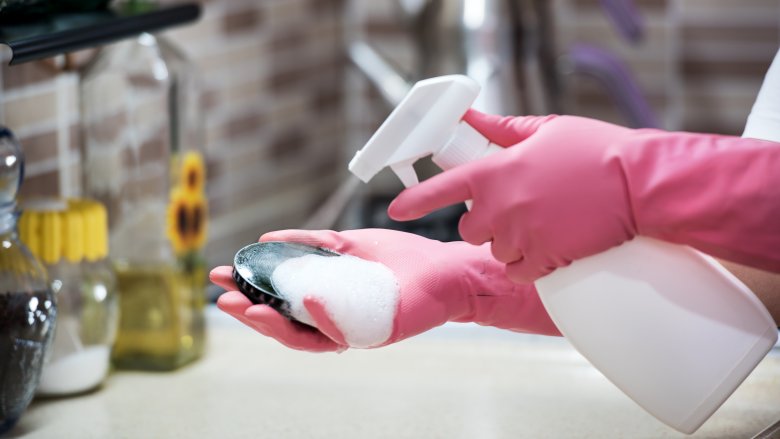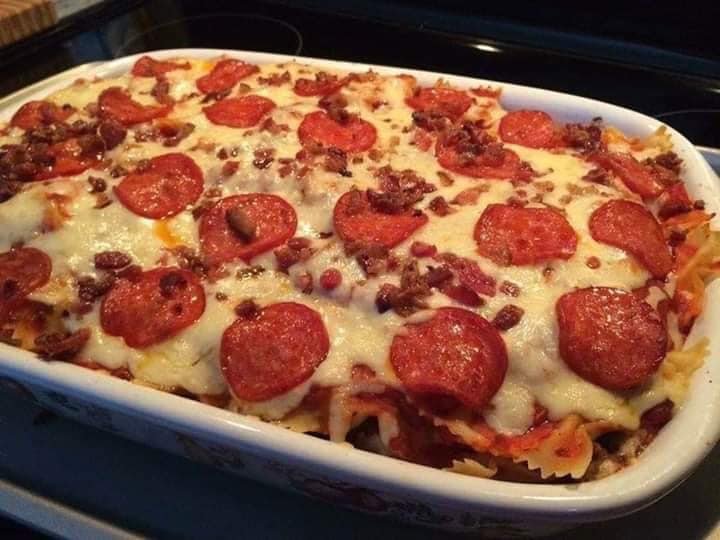If there’s a room in the house you clean regularly, odds are that it’s the kitchen. After all, we’re constantly
cooking and eating in it, generating message. And you have to clean it up because of the risk of food
poisoning if you don’t. If you hate insects and rodents, cleaning it is a priority, too. However, we often don’t
clean it as often as we should because of how much effort it requires. It doesn’t have to be this hard. Here
are 5 kitchen cleaning hacks you need to know.
Scrub It Right
Did you know that you can use dryer sheets as safe scrubbers for your stuck on food stains? You can use
them to scrub your pots and pans, though they’ll need to be washed with soapy water. This can prevent the
damage done by scrubber and rough sponges on non-stick cookware. You can use clean rags to clean skillets
and pots, though it is best to dispose of them instead of reusing them. Consider using a mix of baking soda
and vinegar to clean your dishes and pots, especially if you are already going to use those mixtures to clean
the rest of the kitchen.
Eliminate Those Odors for Good
After you’ve removed debris and stains from inside the microwave or fridge, it may still smell. You can put
some vinegar or citrus in a bowl of water and boil it in the microwave. Let it sit for fifteen minutes, then
remove the bowl and wipe down the remaining traces of smelly food residue. You can scrub your hands with
a stainless steel spoon or scrubber; this will transfer onion and salmon smells to the steel. Use baking soda
boxes to contain odors, but apply baking soda mixes to stubborn stains. Don’t forget to regularly clear out
the vegetable crisper and get rid of food going bad to minimize smells in the first place.
Don’t Forget to Properly Clean Critical Surfaces
You probably clean down the counters regularly. Yet it is the wooden cutting board that is in contact with
raw meat and vegetables, though it is the hardest thing to clean. Scrub it regularly, but get rid of it if the cuts
in the surface are too deep to sterilize. You can sanitize it with peroxide and deodorize with baking soda and
vinegar mixtures. While stainless steel resists bacteria, it isn’t perfect. Wipe down stainless steel surfaces
with dish soap followed by baking soda and vinegar. Pay particular attention to handles and knobs you may
have touched with dirty hands.
Get Rid of Glass Naturally
No, we’re not telling you to get rid of glassware in your home. However, it does come with the risk of
breaking, and no one wants a piece of broken glass in their feet. One of the simplest solutions is to cut a
potato into halves so that you have an end to hold onto. The flat cut end can be pressed down where the glass
pieces are. It will attract the glass shards like a magnet. There’s no risk of little missing pieces as you might
when sweeping, and there’s no risk of getting cut as you might if physically picking it up with your hands.
Proactively Clean
Rinse your pots and pans as soon as you’re done with meal prep. Don’t leave them sitting, drying, in the
sink. That will result in dried on food debris that’s harder to scrub off. In the case of baking pans, fill it with
water, leave a dryer sheet in it, and then leave it overnight. The chemicals in the dryer sheet will break up the
stains so that you only need to wipe it down and rinse it in the morning. You can use the trick for
neutralizing odors in the microwave to help break up dried, splattered food stains in the microwave, too,
before you start scrubbing that.



